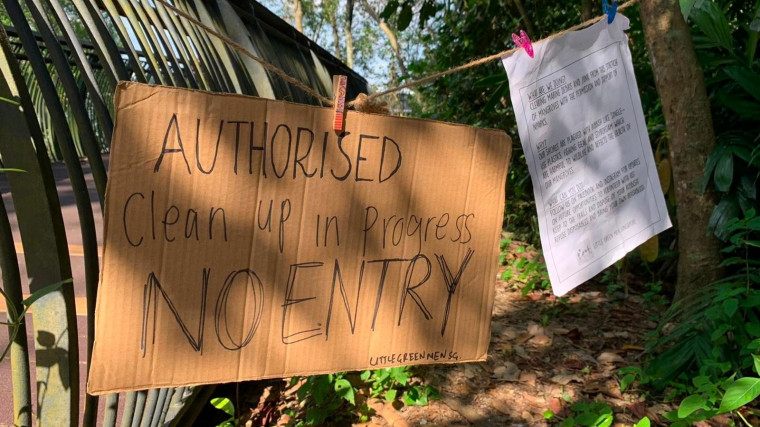|
Audio Version Available
|
Growing up, the beach meant a few things — splashing through salty water, building sandcastles, and gambolling about in search of souvenirs.
My family and I would find the usual — pretty seashells, driftwood, strands of kelp and the occasional oddity, while avoiding picking up wildlife found on beaches, of course!
More often though, we’d find trash.
Abandoned toys, plastic cutlery, and broken pieces of styrofoam were our beachcombing “rewards”, destined to be dumped in the nearest dustbin by my brother and me.
Looking back, it’s alarming to realise how normal this was. Despite living in one of the greenest cities in the world, we didn’t blink at finding rubbish on our beaches.
While most of us would know that marine litter is bad, Covid has made it worse.
What is marine litter?
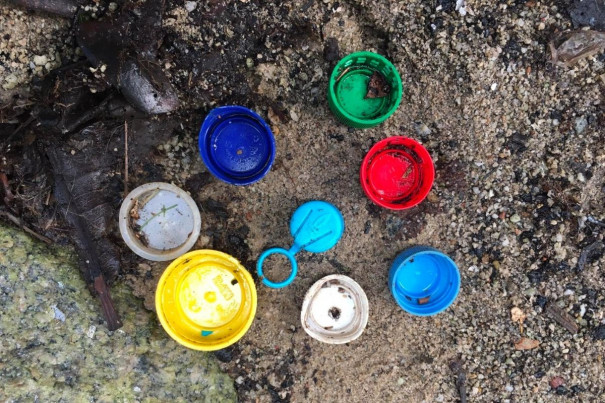
But discarded face masks and PPE aside, what do we know about marine litter?
1. We don’t know where most of it comes from
Most of the trash that hits our shores is brought by the natural tidal currents. Last year, NEA started a two-year study into better understanding where and how marine debris comes to Singapore.
2. It’s mostly plastic
According to a 2019 study, the most collected type of marine waste in Singapore is cigarette butts, followed by an array of plastic products — bottles, straws, takeaway containers, cutlery and grocery bags.
It’s a disconcerting statistic, but one that matches marine litter data from the rest of the world. Plastic makes up to about 80% of total marine debris, with at least 14 million tons of the non-biodegradable material making its way into the oceans each year.
This staggering number includes an estimated 24 trillion microplastic pieces, tiny scraps of plastic less than 5 millimetres in length. Microplastics can be found almost everywhere on earth, and have a devastating environmental impact.
Due to their small size, microplastics are difficult to remove from the environment — a challenge that thankfully does not extend to larger pieces of plastic.
Other stories you might like


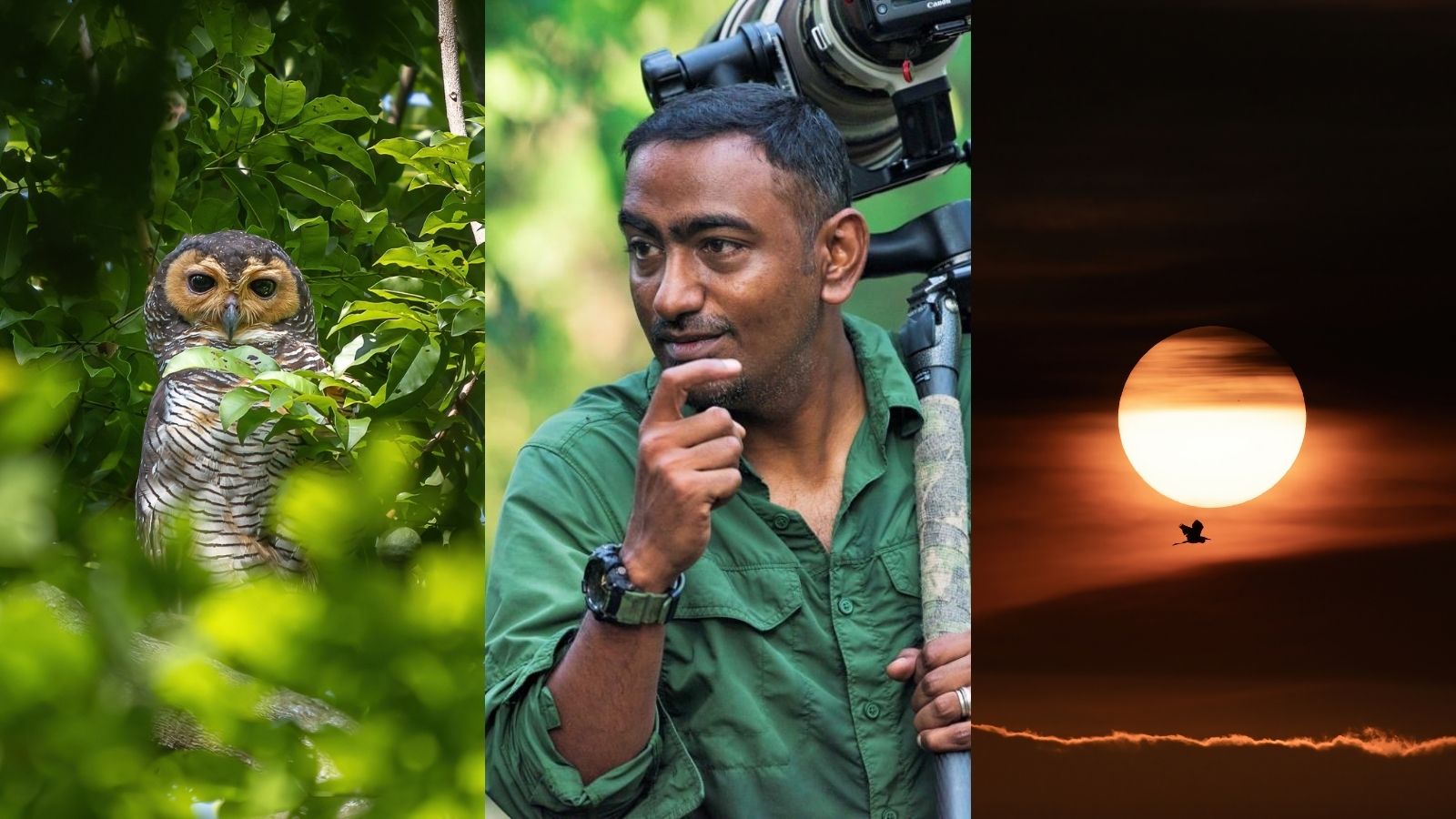
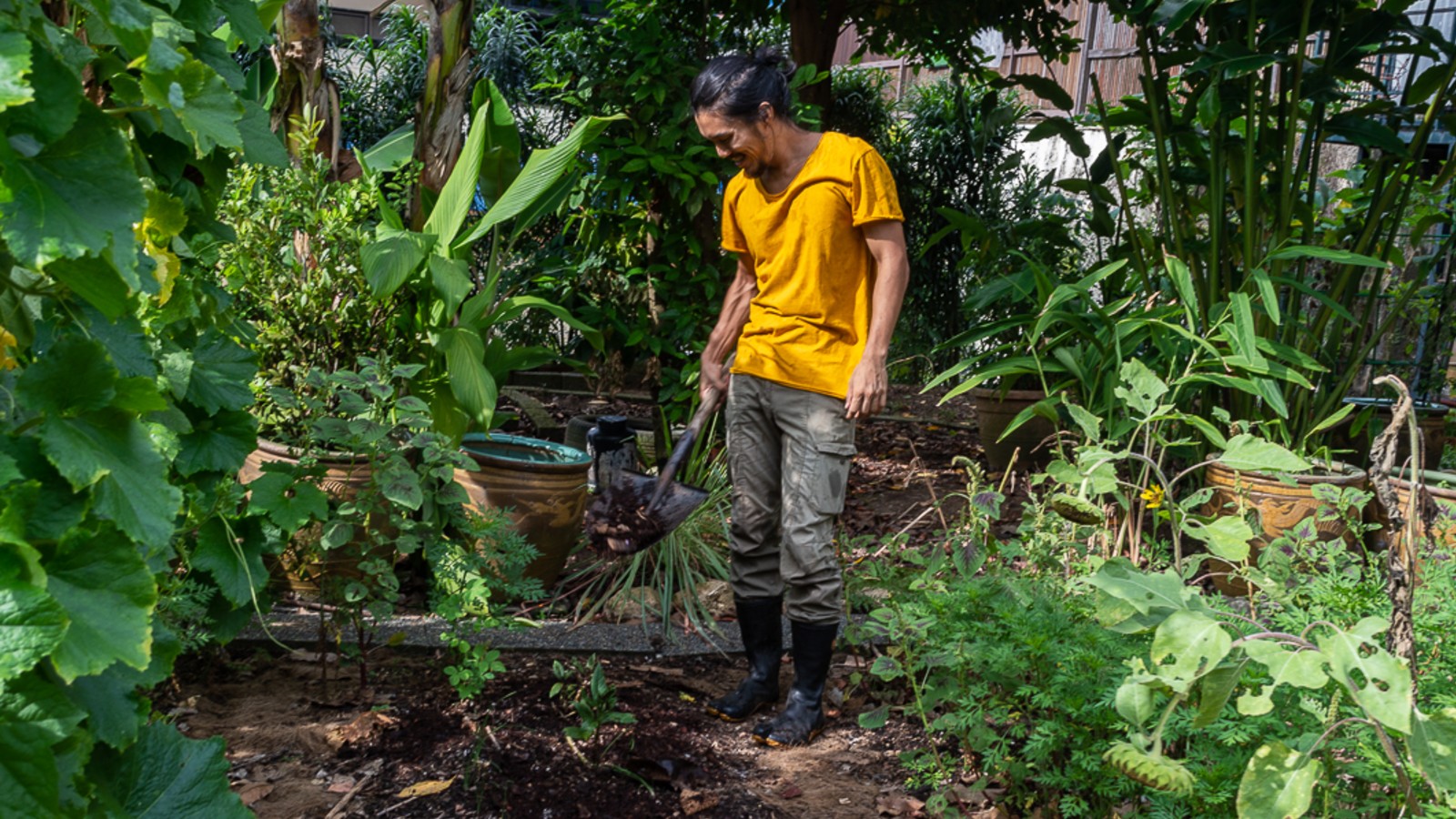
3. It takes a village
Beach cleanups are simple in theory: It’s fairly safe so long as you abide by several self-explanatory guidelines — wear gloves, be careful with sharp objects, and dispose of everything properly.
The bigger issue is manpower. Singapore has many coastal areas — man-made beaches and mangrove wetlands, and it takes consistent effort to keep these coasts pristine.
Even with the government’s frequent beach cleaning efforts, it’s not nearly enough to ensure that our coasts remain trash-free.
That is where volunteers come in.
Interested individuals can join environmentalist group efforts, conduct their own projects, or even engage an external organisation to facilitate beach cleanups.
It’s win-win — beach cleanups allow individuals and groups to volunteer in an achievable way with easily-observable payoffs.
Not just a walk on the beach
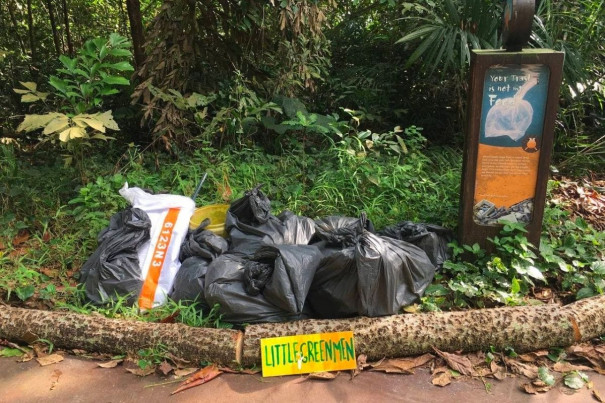
For local environmental groups, beach cleanups are more than a one-off volunteering opportunity — it’s a chance to do consistent good for the environment on a greater scale.
“If you breathe, then you should care about nature,” says Frances Loke, “it’s not just something for the environmentalists or biologists or scientists. There’s definitely something that the everyday person can do, because we are all part of this equation.”
Frances, 28, is one of the co-founders of Little Green Men Singapore (LGM), a local non-profit initiative that organises coastal cleanups and other environmental events.
The group wants to go beyond simply cleaning up the environment, however — it aims to educate people about the impact of nature on our lives, and in turn, how our lifestyles impact nature.
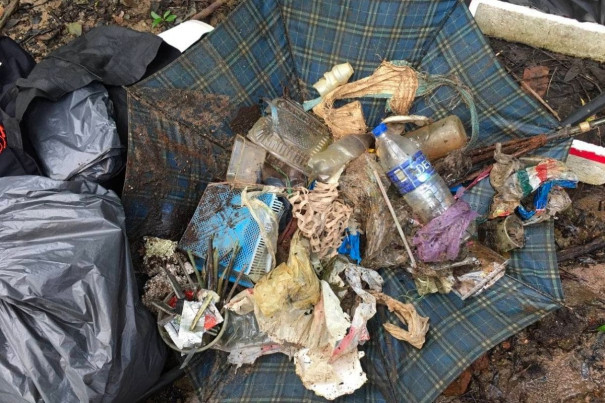
“Something that inspired us to start something like (LGM) was being surrounded by family and friends who didn’t see the urgency to combat threats to nature,” explains Frances, “and how it might affect people, and all the other organisms that call this planet home.”
In 2016, she and the other two founding members of LGM, Sarah Bennett and Cheow Sue-Ann, started organising small events within their social circles.
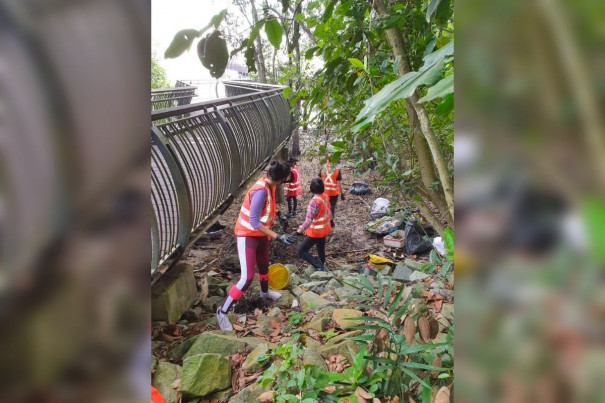
These activities involve organising guided nature walks in places like Lentor Forest or Tengah Forest, both of which have since had parts cleared for housing.
Today, LGM is supported by adhoc volunteers through word-of-mouth. All three founders have full-time commitments, but dedicate time towards LGM and its activities during their time off.
Frances explains that LGM finds different ways of creatively engaging people in conversation. It’s about breaking down barriers of entry towards nature — seeing it, understanding it, and learning how to protect it, she says.
It’s also why the trio chose to concentrate coastal cleanup efforts on mangroves rather than beaches. Since 2020, most of LGM’s cleanups have been at its adopted site at Eagle Point in Sungei Buloh Wetland Reserve.
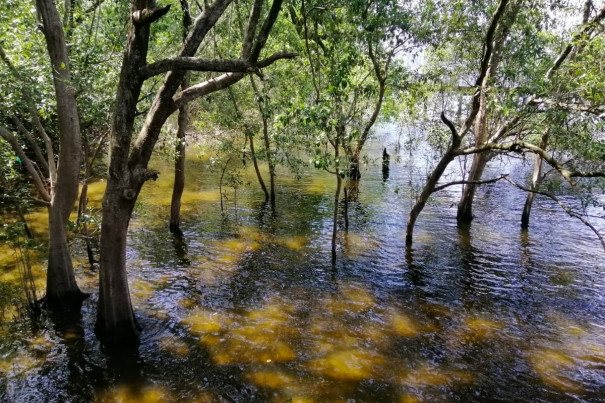
It’s an intentional choice as these ecological spaces are closed to the public: Permits are needed to access the mangrove areas.
By adopting these sites and organising mangrove cleanups with site managers, LGM provides opportunities for volunteers to visit such out-of-bound places.
“We are also learning about these things,” shares Frances, “it’s a two-way conversation (between them and their volunteers).”
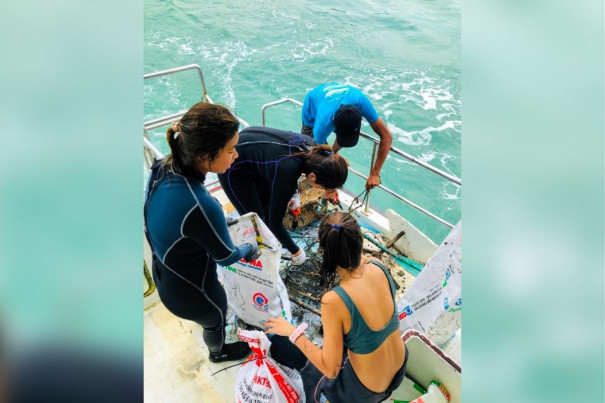
Venturing a little further from shore is Our Singapore Reefs (OSR).
As the name suggests, OSR is a non-profit dedicated to protecting Singapore’s coral reefs.
It was founded in 2017 by avid divers Sam Shu Qin and Toh Tai Chong, who were prompted by a rude awakening during a dive trip.
“We saw this washing machine in the sea,” shares Sam, 33, “and we realised that this was really the last straw.”
The duo gathered some friends to conduct their first dive clean-up. That first expedition sparked an interest and they continued to conduct underwater cleanup dives six or seven dives a year before the pandemic hit.
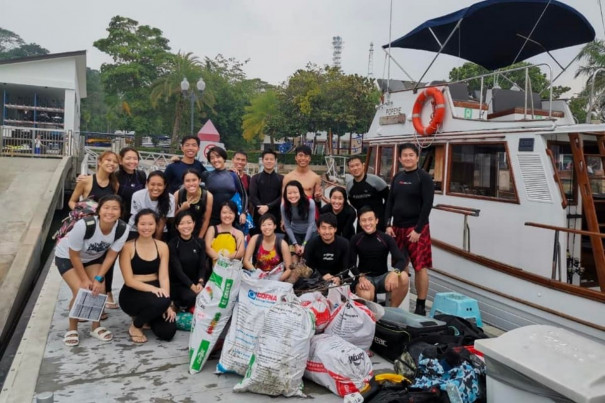
They do more than just remove trash from the coral reefs, however— they document the debris they find on a website by Project Aware, an international non-profit dedicated to ocean conservation.
The data collected has yielded some interesting finds — according to Sam, close to 70% of the trash collected is plastic waste, followed by metal, and glass. They’ve also found rubbish of all sorts — barbeque sets, abandoned fishing gear, even champagne bottles!
Due to the ocean currents, trash keeps coming, no matter how much you clean.
Still, this doesn’t discourage Sam.
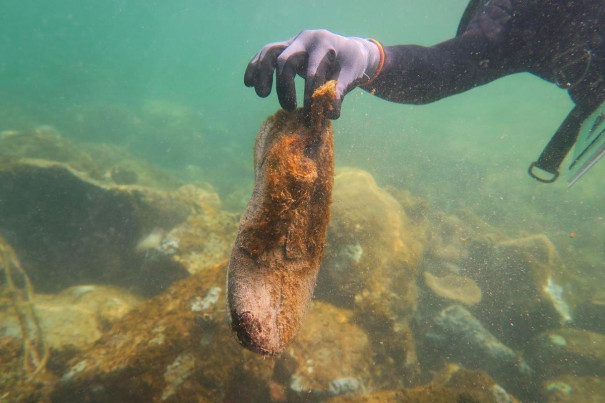
“We can really see a difference when you remove trash (from the coral), ” she explains, “you can really see that you’re giving the coral a new life.”
The support from their community of divers is especially encouraging, she says, especially when volunteers are enthusiastic about their next chance to clean up the reefs and make a difference.
Unfortunately, when the pandemic struck, such dives were put to a halt as boat rental costs went up. It was too expensive to conduct dives and many partnerships went on hiatus.
Other stories you might like


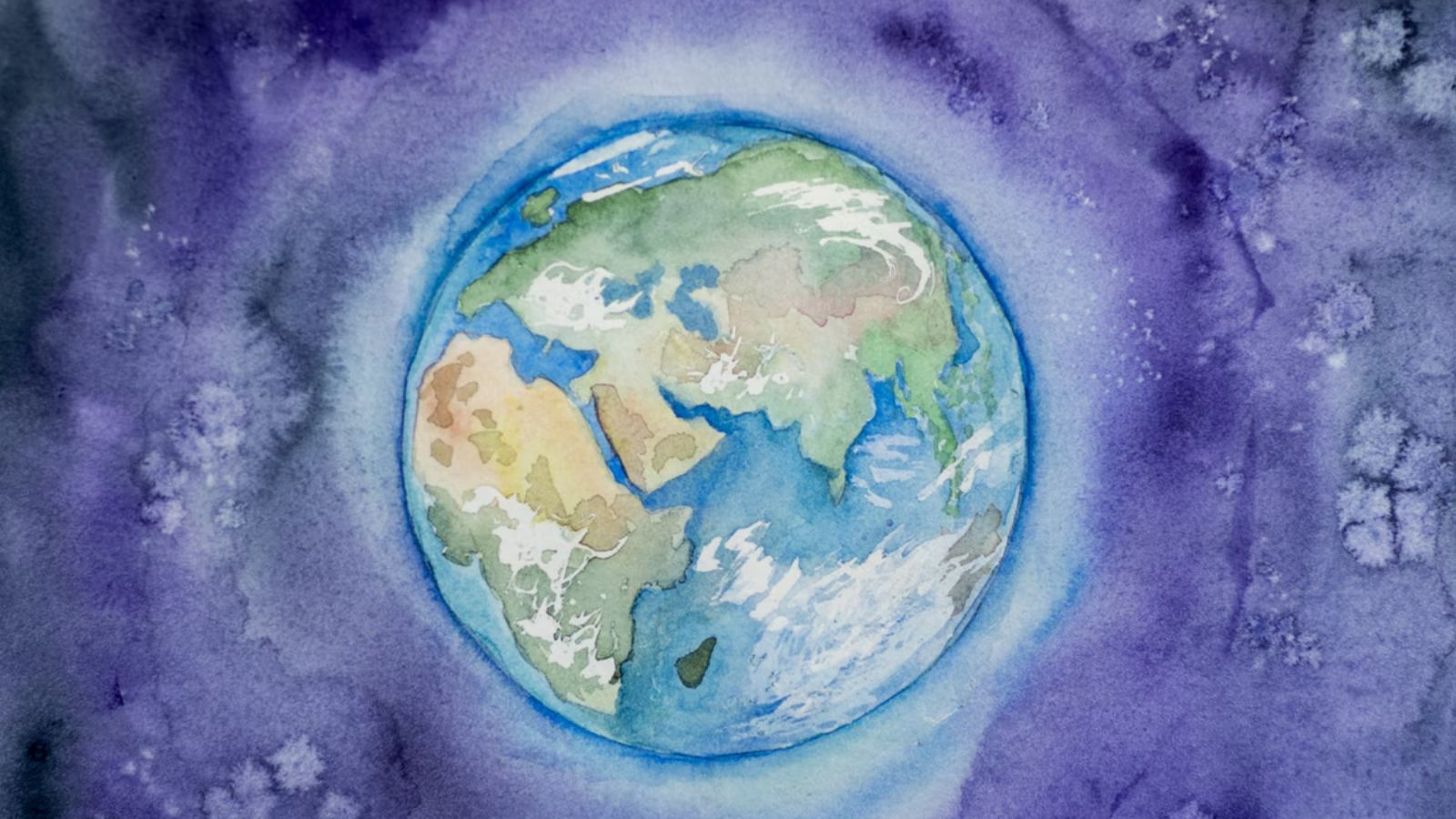
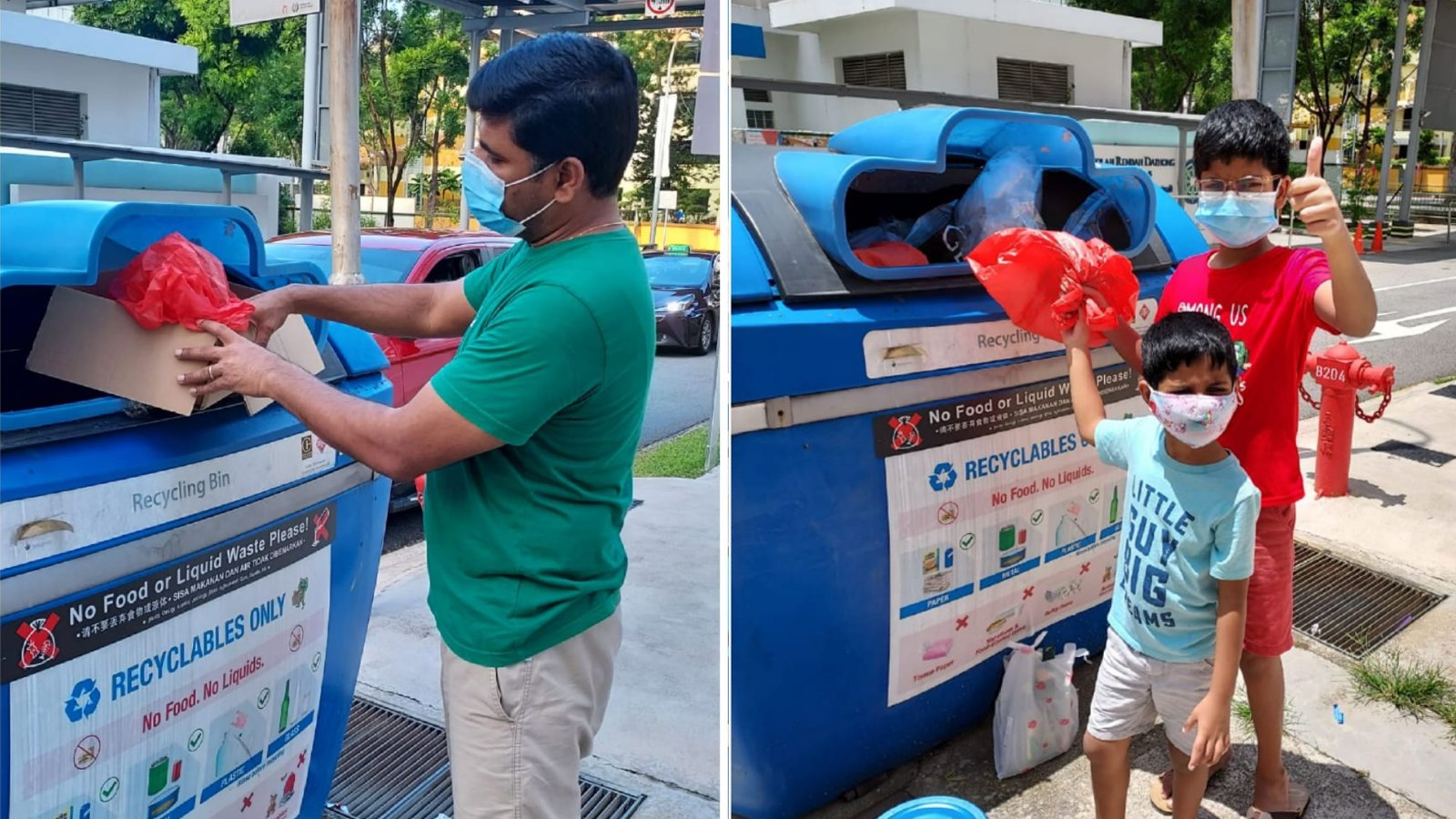
Nevertheless, the group found other avenues to continue marine conservation work. They began to make dives off jetties instead, and conducted beach cleanups and environmental workshops.
As pandemic restrictions ease, OSR recently returned to the water for an Earth Day cleanup dive, a trip that yielded about 50kg of trash, including 212 plastic bottles.
Education is important
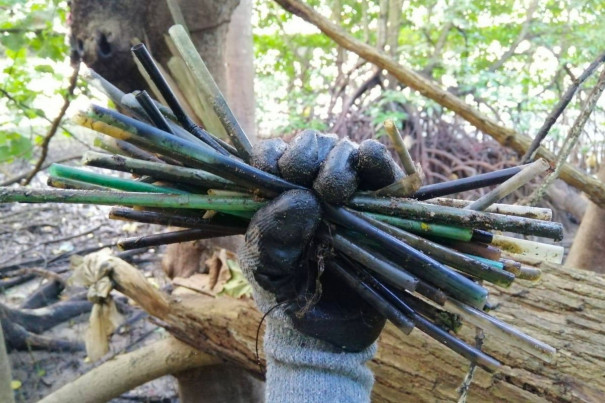
“Saving the oceans is important, but equally important is education,” shares Yen Sheng Xiang, “(when we’re picking up the trash) we see kids following our actions.”
Sheng Xiang, 32, is the general manager of Blossom World Society, a charity that aims to empower youths to do good, centring around active volunteerism and service learning, as well as training young people to provide care for others.
“It’s like planting a seed,” he explains.
He would know — like the rest of the Blossom World Society team, Sheng Xiang first joined the organisation as a youth volunteer over a decade ago.
Now, he oversees various youth-initiated projects at Blossom World Society, including Project Commence Plastic Reduction (CPR), which raises awareness on plastic waste in the marine environment.
Project CPR doesn’t just execute beach cleanups — the team also actively educates the public.
As volunteers are often reminded, it’s not just about how much rubbish you collect, but how much awareness you can raise.
Just like LGM and OSR, the goal is to increase awareness and understanding of the impact that marine debris has — on our beaches, in our coral reefs and our mangroves, and how this in turn affects us.
Green steps ahead
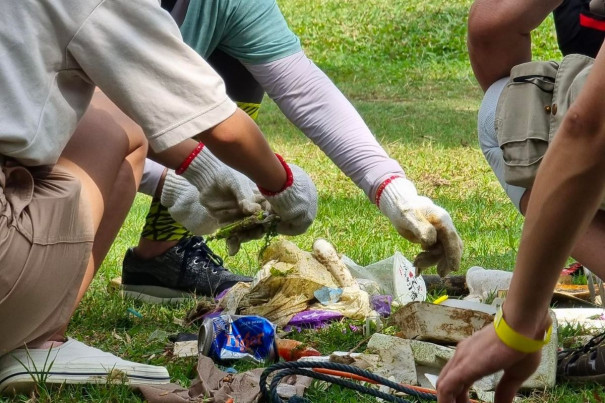
These days, climate change and other environmental issues are no longer relegated to the science pages of the newspapers, but are covered prominently.
More people are organising cleanups, and there is clearer communication about the effects of environmental issues.
As Green Nudge founder Heng Li Seng says: “More companies have employees in charge of social impact. It’s no longer an ad-hoc, once-off engagement.”
Green Nudge is a social enterprise that supports environmental initiatives by businesses and communities.
Li Seng says that these changes are a sign that companies are making the change towards sustainable eco-friendly practices.
Other stories you might like



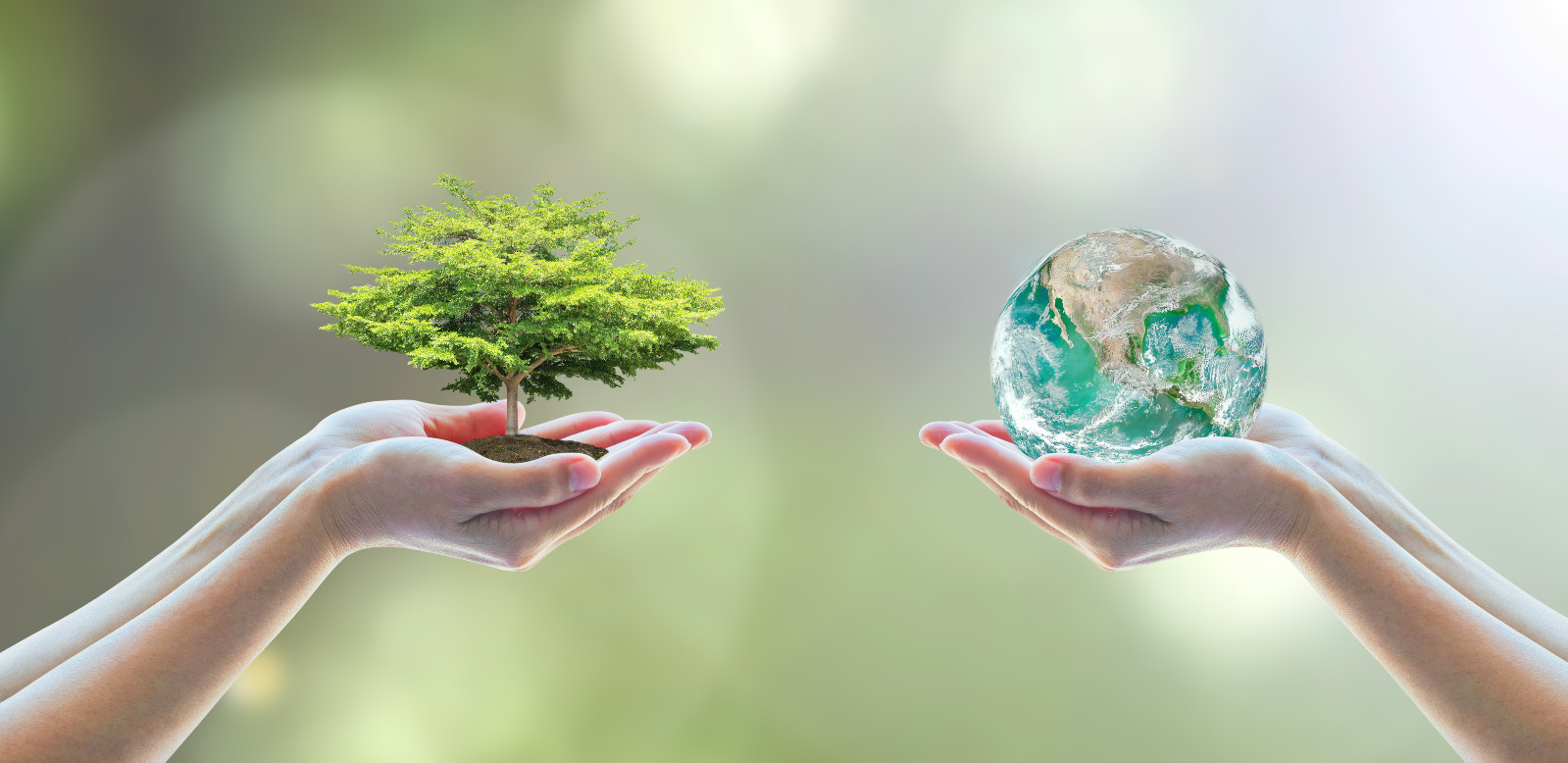
There’s always work to be done when it comes to environmental activism — but seeing the dedication of environmental groups is a sure sign that positive change is coming.
If you’re interested in a beach cleanup, check out Little Green Men Singapore, Our Singapore Reefs, Green Nudge or Blossom World Society.
Alternatively, you can also organise your own beach cleanup!
If you like what you read, follow us on Twitter and Google News to get the latest updates.
